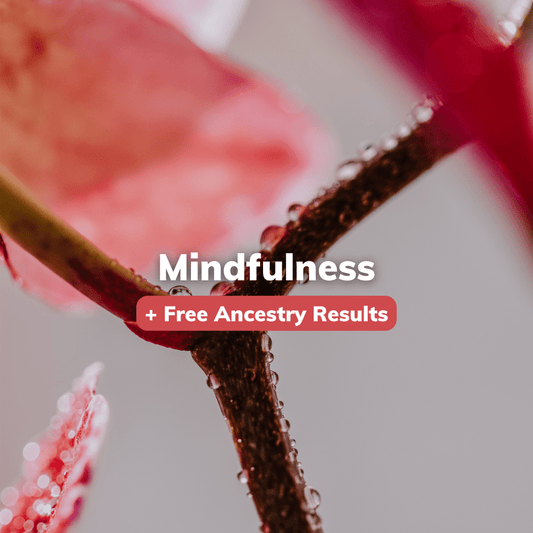
Pharmacogenetic Reports: BioCertica vs. Competitor Review
BioCertica Content TeamIf you are looking for a pharmacogenetic report, you may have noticed a few on the market. You may have already read about the benefits of BioCertica’s pharmacogenetic test, but here we will dive into the usability of our report compared to a competitor’s report.
This article will compare the prescription recommendation for treating common diseases from two pharmacogenetic reports for the same person. For us to look at specific examples, let’s first look at the most prevalent diseases and conditions that affect South Africans to get an idea of the most-likely drugs users are using.

Figure 1: Rankings of the most prevalent conditions that cause major burdens in South Africa.
HIV/AIDs
According to the above, HIV/AIDS ranks highest for disability-aged life years (DALY), which is an indicator of the overall disease burden.
Treating HIV/AIDS is a complex process and often requires combinations of medications; however, for the sake of simplicity,y we will just assess Efavirenz and Ritonavir.
Efavirenz (commonly known as Strocin) is a non-nucleoside reverse transcriptase inhibitor
BioCertica: There are 16 gene-drug interactions for Efavirenz in BioCertica’s PGx report. Conclusions: the patient has decreased risk of side effects such as sadness and abnormal dreams but has an increased risk of drug hypertension on this drug. Two of the gene-drug interactions indicate increased metabolism for efavirenz. The patient is likely to have increased plasma concentrations of this drug.
Competitor: Indicates that CYP2B6 and CYP3A4 metabolise Efavirenz. This patient is a normal metabolizer for both these genes, and the recommendation is that the patient should take the recommended doses.
Atazanavir (commonly known as Reyataz) is a protease inhibitor
BioCertica: There is one gene-drug interaction for Atazanavir which indicates this patient may have a decreased, but not absent, risk of hyperbilirubinemia and bilirubin-related drug discontinuation.
Competitor: Indicates that Atazanavir metabolism affects CYP3A4 and CYP3A5. The patient is a normal metaboliser for CYP3A4, but a slow metaboliser for CYP3A5 and therefore may require an increased dose.
Turberculosis
Next on the list is tuberculosis which, like HIV/AIDS which includes treatment with combinations for medications. One commonly used drug is rifampin.
BioCertica: Reports on a gene-drug indicates that this patient may have increased rifampicin exposure when treated with ethambutol, isoniazid, pyrazinamide and rifampin in people with Tuberculosis. This means that the patient is likely to have higher drug levels observed in the body after administration.
Competitor: This report indicates that Rifampin is metabolised by CYP1A2, CYPB26, CYP2C9, CYP2C19, CYP2D6, CYP3A4 and CYP3A5. This patient is a normal metaboliser for all these enzymes except CYP2D6 (indeterminate metaboliser) and CYP3A5 (poor metaboliser).
Acetaminophen/paracetamol
When discussion communicable diseases, a common drug treatment includes paracetamol for relief of pain and fever.
BioCertica reports indicate that this patient has an increased reponse and decreased risk of liver failure. It is due to unintentional acetaminophen overdose.
Competitor: Indicates that paracetamol is metabolized by CYP2D6 for which this patient is an indeterminate metaboliser; therefore, no conclusion can be drawn regarding how the patient metabolises this drug.
Cardiovascular Disease
One such treatment for high blood pressure, heart failure, or stable coronary artery disease is the ACE inhibitor, perindopril.
BioCertica: This report indicates that if being treated with Perindopril, this patient may have a greater reduction in blood pressure. Also, pulse wave velocity and may have a decreased, but not absent, risk for cardiac events.
Competitor: does not contain information for perindopril but has information for other ACE inhibitors such as captopril and enalapril.
From the above information, you can see that BioCertica and our competitor often give different feedback for the same drug. You can read about this here.
BioCertica is dedicated to making genetic testing as accurate and as scientifically up-to-date. This will reflect in your pharmacogenetic results.
Written by: Jamie Fernandez, B.Sc. Hons. in Genetics, Content Specialist



